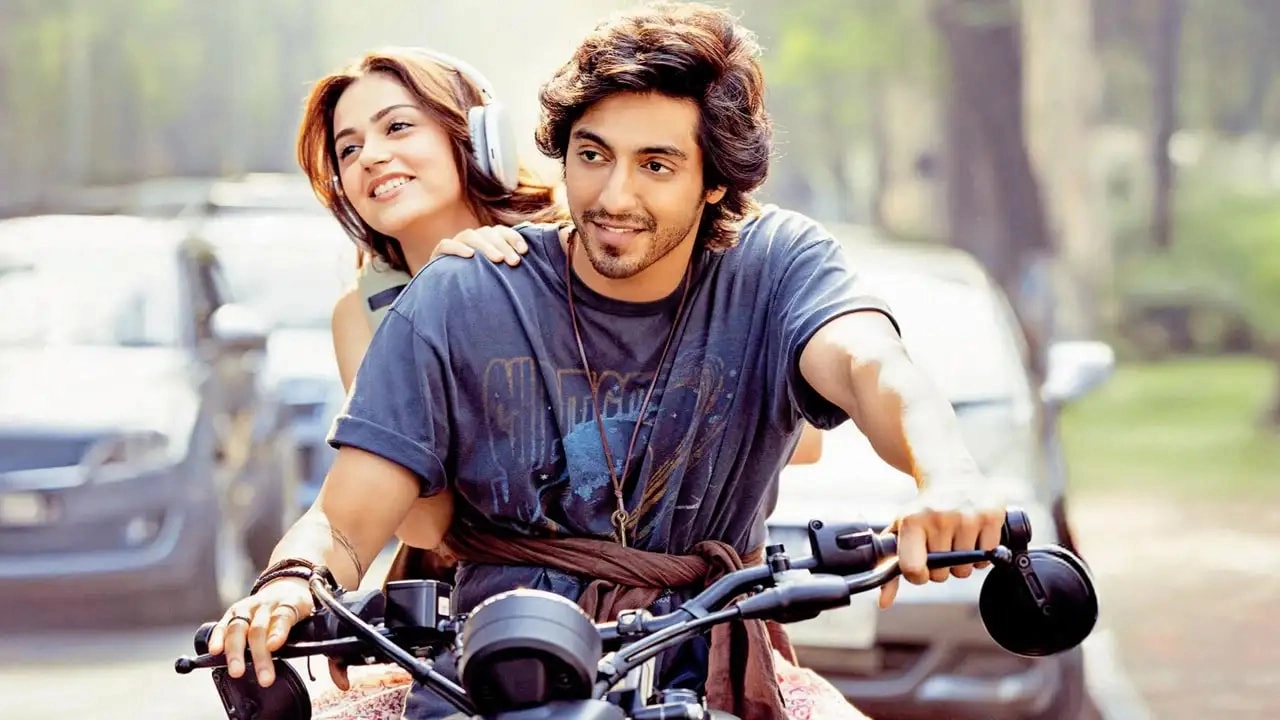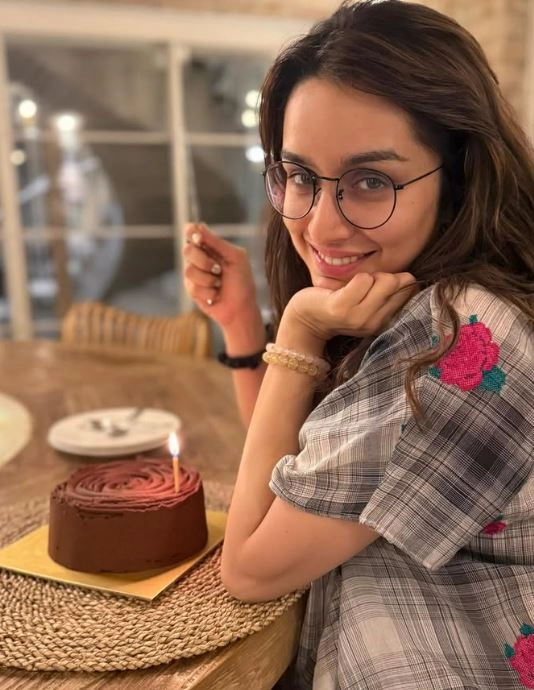Bobby Deol’s film “Gupt,” released in 1997, has recently experienced an unexpected revival among Gen Z viewers, thanks to the tireless efforts of social media influencers and meme creators. Originally a thriller that showcased Deol in a gripping narrative of love, betrayal, and suspense, “Gupt” has transformed into a cult classic. The film’s unique blend of drama and intrigue, combined with its memorable one-liners and iconic scenes, has resonated with younger audiences who appreciate retro cinema’s charm. The evolving landscape of digital content has allowed these elements to be rediscovered and amplified, leading to an unexpected surge in interest.
The resurgence of “Gupt” can largely be attributed to the creative reinterpretations of its most famous scenes, often shared on platforms like TikTok and Instagram. Influencers have taken snippets of the film, adding contemporary commentary or humorous twists, which has made the film relatable to a new generation. This phenomenon highlights how the adaptability of classic cinema can bridge the gap between different eras. The film’s narrative, although rooted in the ’90s, contains themes of love and deception that are timeless and continue to resonate with young audiences.
Additionally, the nostalgic appeal of “Gupt” taps into Gen Z’s growing interest in retro aesthetics and vintage pop culture. The bold fashion choices, dramatic music, and over-the-top performances that characterized ’90s Bollywood serve as a fascinating contrast to today’s cinema, providing a sense of escapism. Moreover, the film’s portrayal of complex characters and dramatic plot twists invites discussions about storytelling techniques that were prevalent in earlier Bollywood films, engaging audiences in conversations about the evolution of cinema.
As a result of these factors, “Gupt” has become a viral sensation, embodying the ways in which social media can redefine and rejuvenate classic films. The interplay between nostalgia and modernity has fostered a unique cultural moment, allowing a new generation to appreciate Bobby Deol’s work and the film’s artistic merit. The example of “Gupt” illustrates how even older films can find new life and relevance in the digital age, as they are reimagined and celebrated by enthusiastic fans. With its newfound status as a must-watch, “Gupt” serves as a testament to the enduring legacy of Bollywood cinema and its capacity to connect with audiences across generations.




